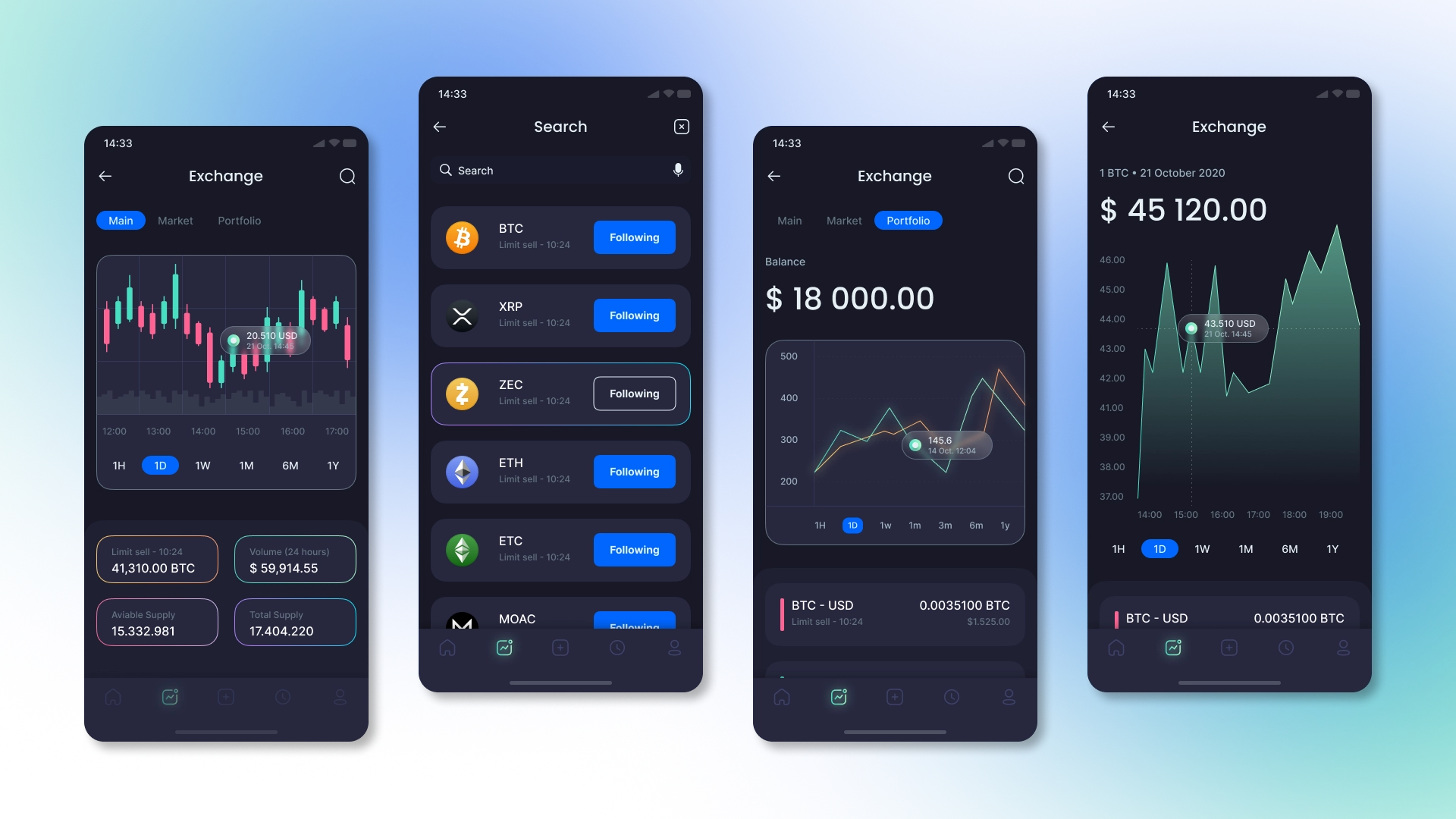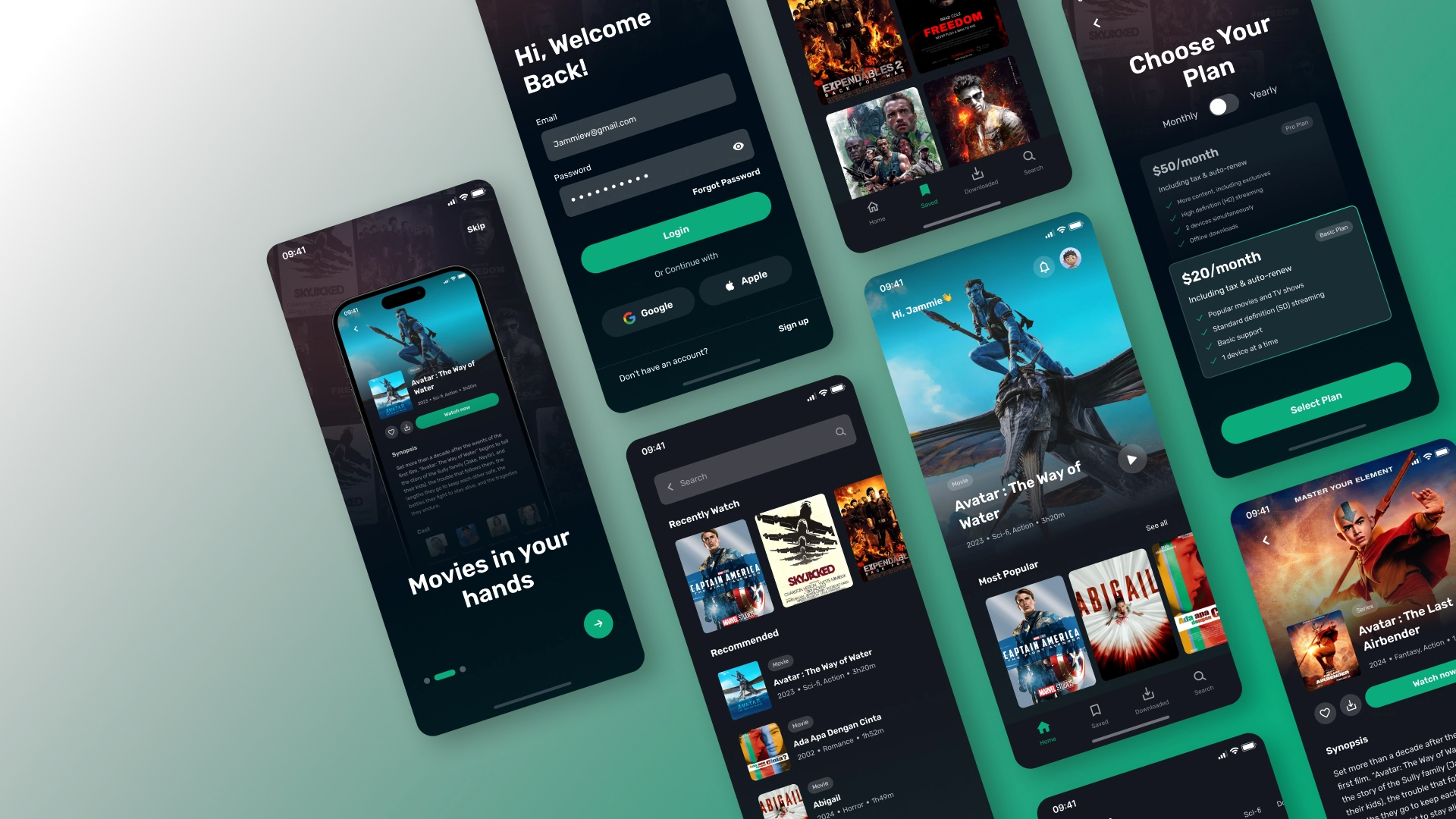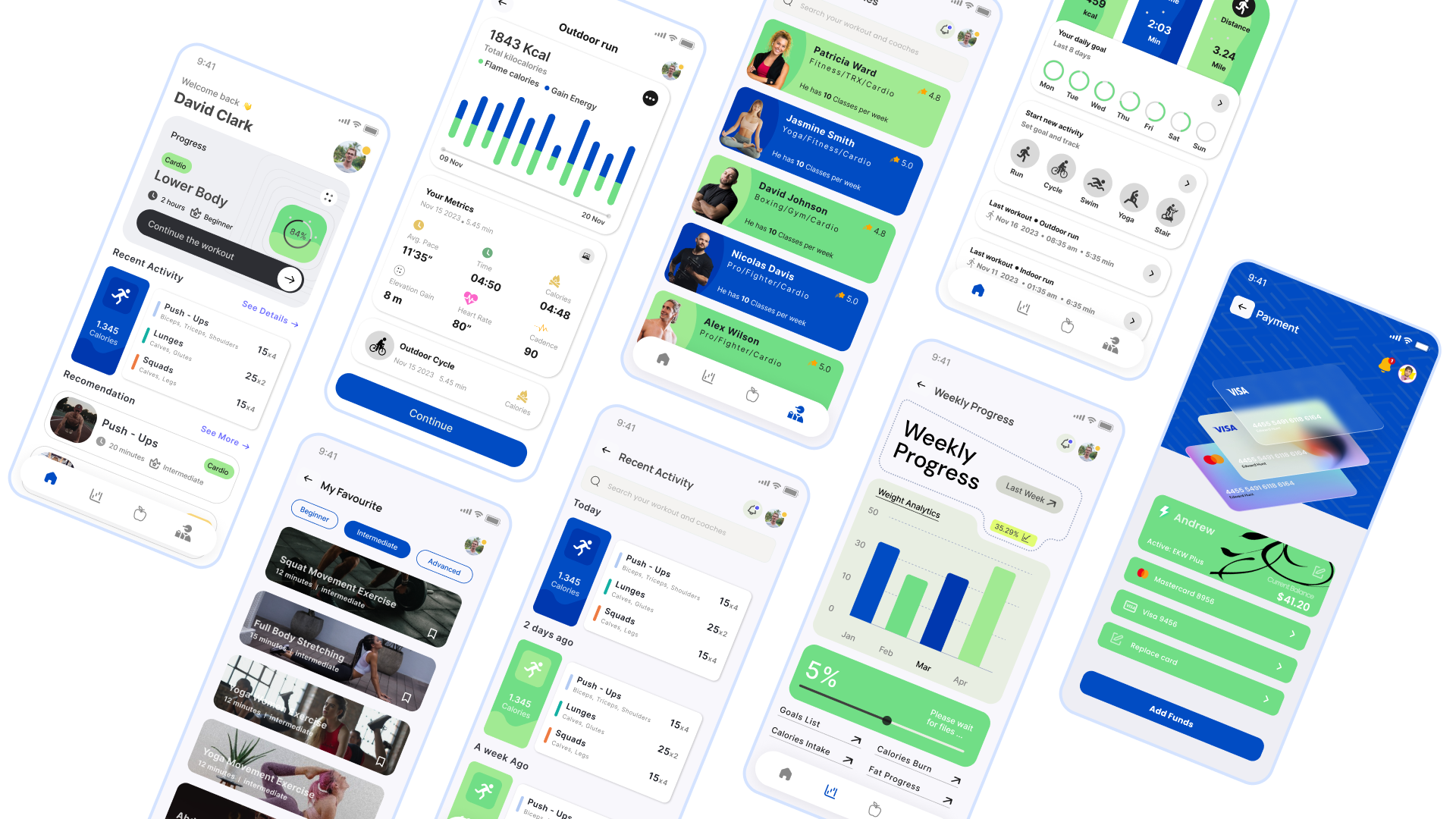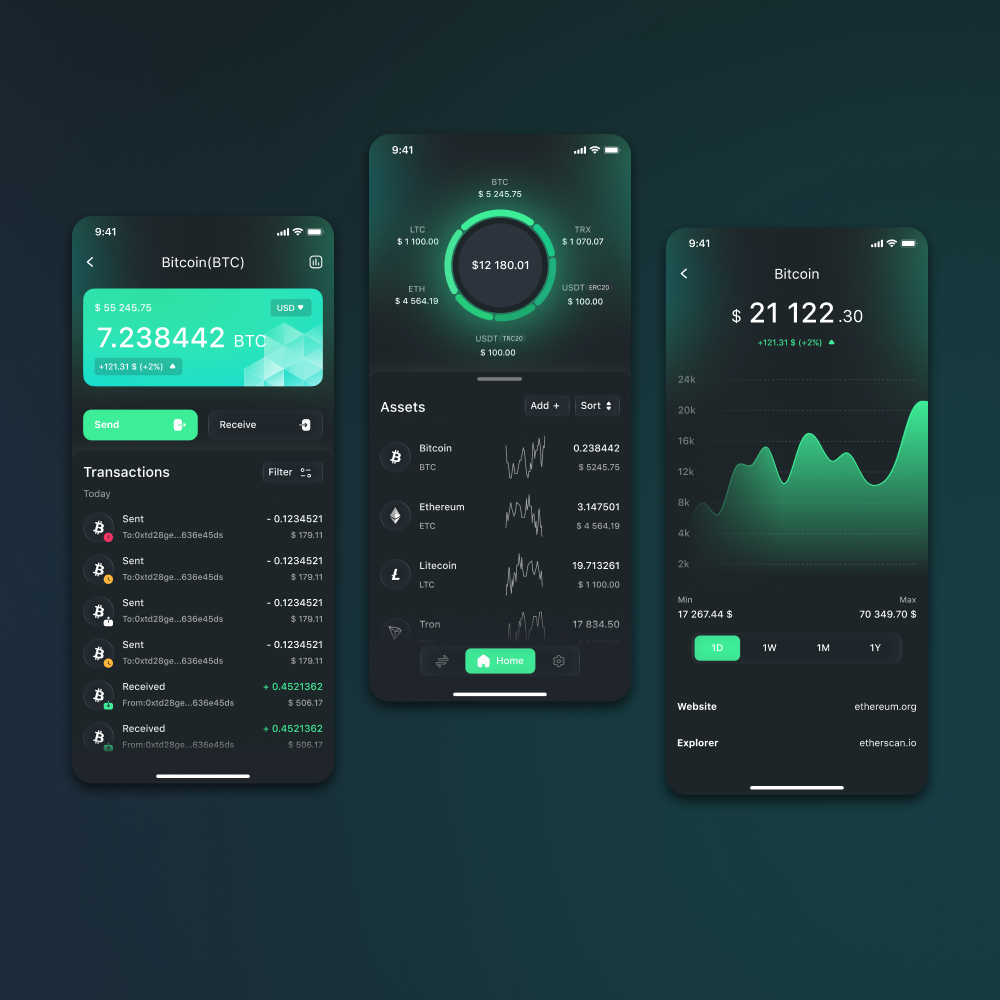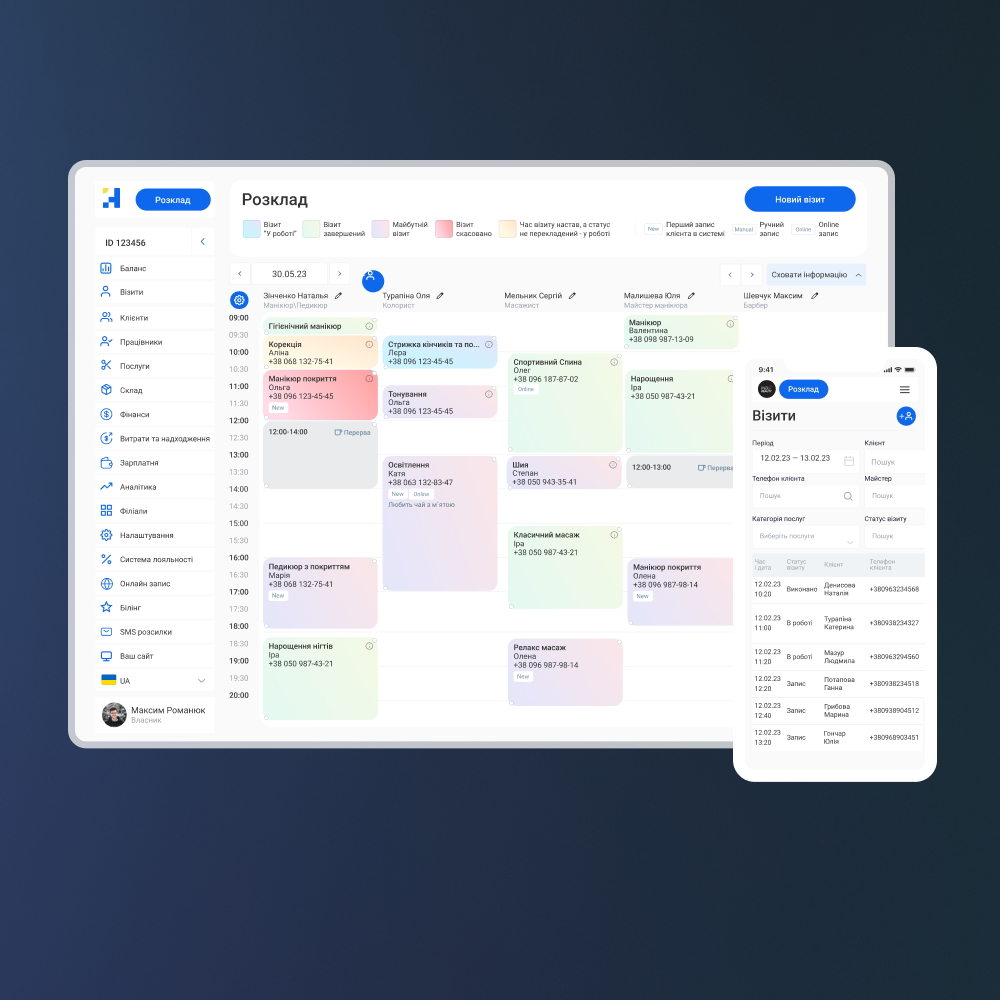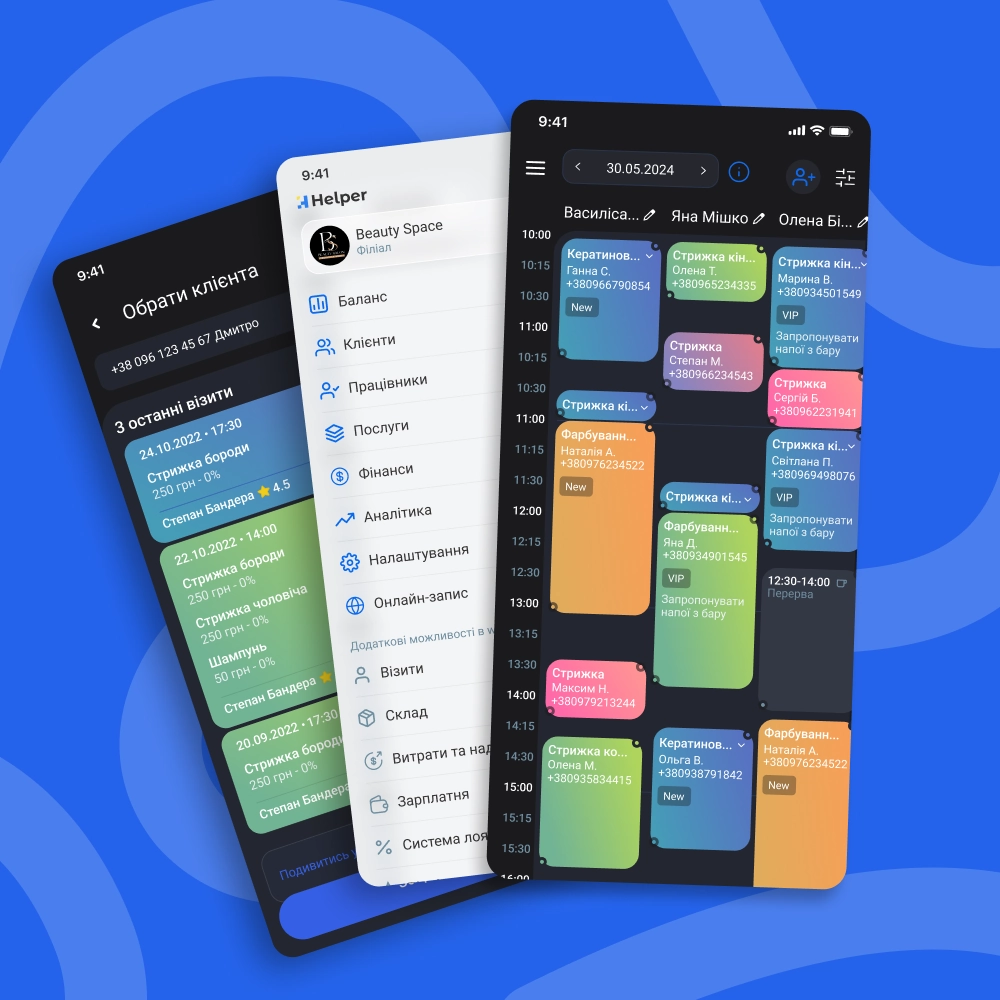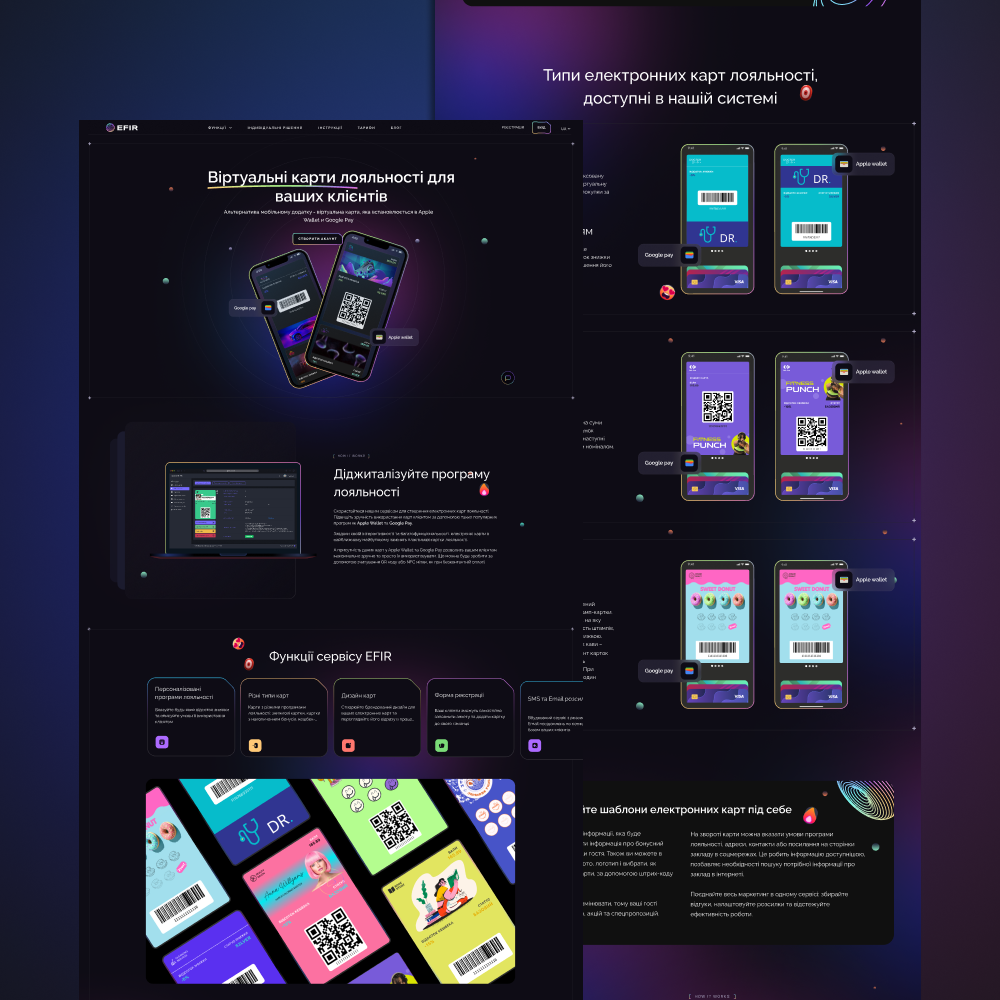









There is never a guarantee that a business idea will take off and become successful. Therefore, before investing in development, it is worth checking its viability and forming a reliable basis for further growth. This is exactly what MVPs are created for. In this article, we will examine in detail everything you need to know on this topic.
What is MVP
An MVP, or minimum viable product, is an initial version of an app that only does its main job, such as selling a product or booking tables at a restaurant. It is necessary to quickly test the main idea on real users with minimal resource expenditure.
MVP helps to collect feedback, identify the strengths and weaknesses of the product, understand the needs of the target audience and check the market demand. This allows you to adjust the idea in accordance with user requests, as well as avoid mistakes and financial losses at later stages of business development.
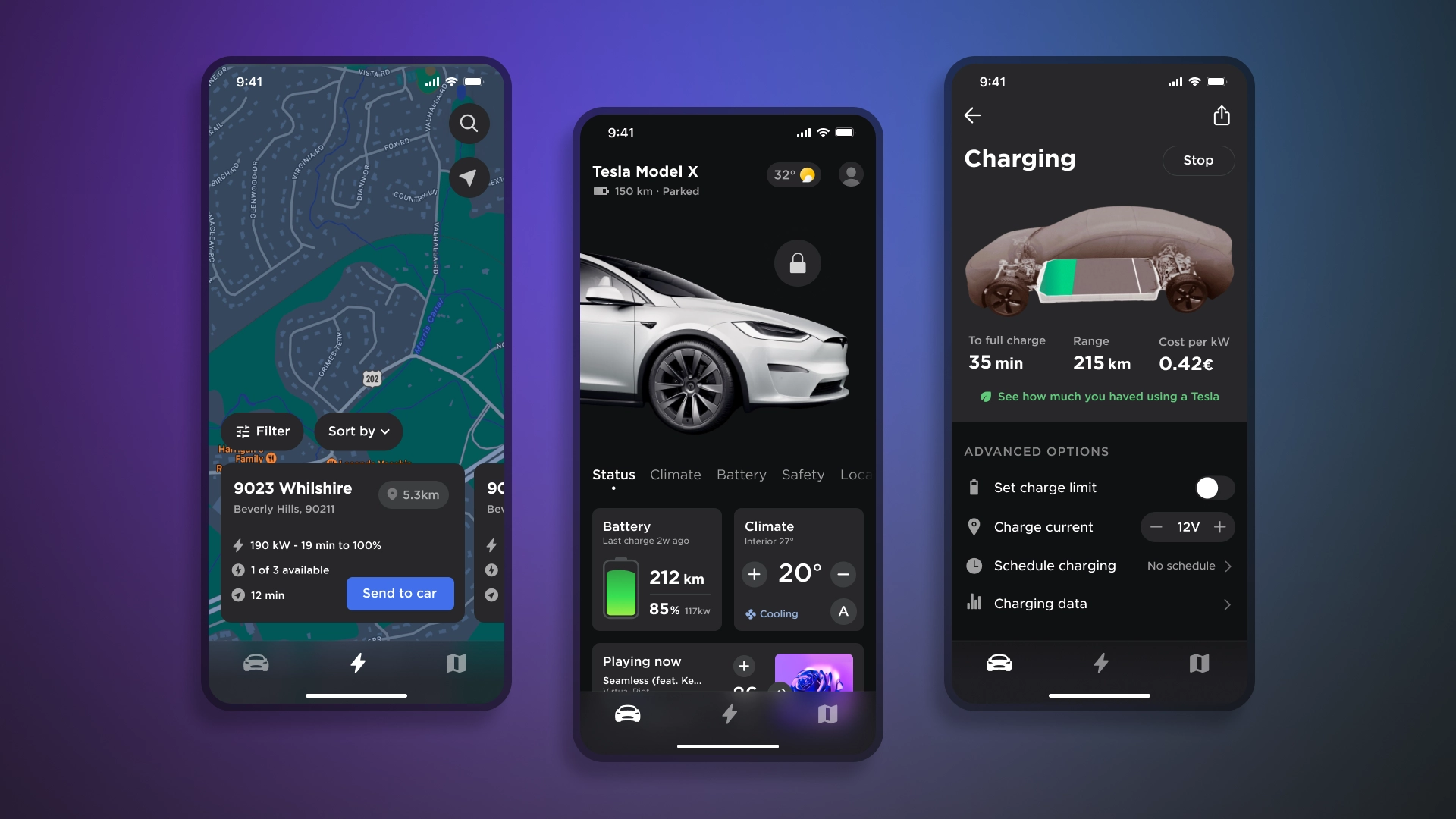
What can be achieved with MVP
In short: MVP solves several important problems. It will help you to introduce your product to the market, attract investments, test ideas in real conditions and establish contact with the target audience. Let's discuss in more detail how a minimum viable product can help a startup:
- Attracting investments . Any project requires money to develop. To convince investors to finance the team, you can create an attractive prototype and tell how everything will work in the future, or you can go the other way - present a ready-made MVP that already attracts an audience and brings real results, which sounds much more convincing.
- Testing the market reaction . The main reason for the failure of most startups is the lack of market demand. Even the most reliable and interesting ideas, at first glance, may ultimately turn out to be unclaimed. But such a turn can be avoided. To do this, you need to listen to the opinions of end users from the very beginning, because they will help you understand the feasibility and viability of your solutions. The peculiarity of MVP is precisely that it allows you to test the product on the real market and get valuable feedback.
- UI/UX evaluation . To get the market’s attention, an idea alone is not enough: the concept must be presented correctly. The key factor in this matter is UI/UX design. When developing a startup, the best solution is to follow popular trends, be it minimalism, micro-animations, or global user experience issues. Using MVP, you can quickly test ideas and create a product in accordance with the interests of your audience.
- Risk reduction . Even if your project is in demand, it can easily be ruined by other factors, such as an unsuccessful update or errors in the marketing strategy. And although it is impossible to completely eliminate risks, they can be effectively managed. MVP will allow you to test new ideas and experiment relatively inexpensively, so even if the next solution turns out to be unsuccessful, it can be quickly rolled back with minimal consequences.
What are the benefits of MVP?
A minimum viable product is not only an opportunity to test an idea. It also provides many other benefits:
- Budget savings . You focus on the key component of the product and do not waste the budget on secondary details. This helps to optimize costs and correctly set priorities.
- Speed . Using this approach, you save not only money, but also time. For example, a ready-made MVP can be brought to the market in a matter of months, or even weeks, while developing a complex application with all the functions will take at least a year.
- Interaction with end users . Being detached from the audience never works in a startup’s favor. Even if you think the product is brilliant, you need to understand that you are looking at it through the eyes of the founder. But if you change the perspective, completely new challenges and opportunities may open up.
- A solid foundation for future growth . If the MVP launch was successful, the further development of the project becomes predictable and clear. All you have to do is stick to the set course, expand the functionality and not lose touch with the audience.
What should an MVP consist of?
Like any software, an MVP must contain several key components, without which it simply cannot perform its task. And there are only four such components:
- Value . For a product to be in demand, it must effectively solve problems for consumers and bring them real benefits. For example, the Airbnb service became popular because it offered a convenient alternative to traditional hotels: renting housing from locals. This allowed travelers to find unique accommodation options at a more affordable price. A simple and clear solution with clear value.
- Key features . Product features can be divided into two categories — primary and secondary. At the MVP stage, it is important to focus on the former to ensure a successful launch. The correct choice of key functionality directly affects the future of the project. Take Instagram, for example. Initially, the platform was focused on only one task — uploading and publishing photos. If the team at the start had been busy creating filters, stories, or advertising without paying due attention to the basic function, the social network would hardly have become what we know it as today.
- Convenient and attractive interface . A good MVP does not hide its value behind an inconvenient and illogical UI/UX, but smoothly leads the user to solving their problem. For example, a hotel booking app will be much more attractive if everything is extremely clear: here you select dates, here you filter options, here you confirm the reservation. A financial app will appeal to users more if it clearly visualizes finances and helps track cash flows. At the same time, everything should be not only convenient, but also attractive. In other words, high-quality design and layout are basic requirements for any MVP.
- High-quality development . A project with a pleasant design attracts attention, and a project with perfectly working functionality creates loyalty and attracts investments. Therefore, to create a minimum viable product, it is necessary to hire an experienced and qualified team of developers who will write the code correctly and eliminate the occurrence of errors.
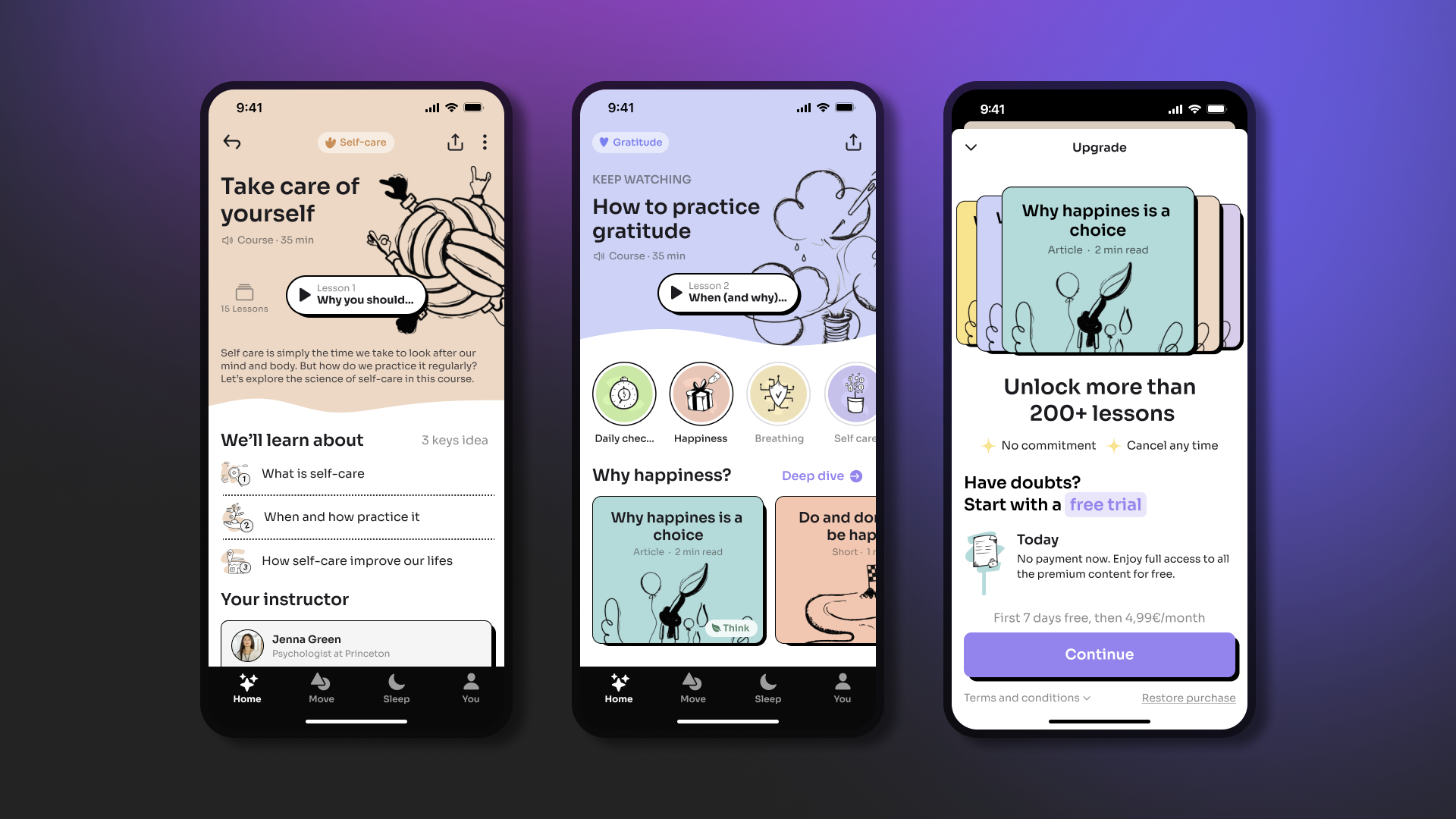
What are the types of MVPs?
There are several common approaches to developing an MVP, but there is no universal solution or strict requirements here. Everything depends on your desires and available resources. Therefore, we suggest considering the most popular types of minimum viable products that have helped many famous brands successfully launch.
Landing page
Sometimes functionality isn't that important - it's enough to create a landing page that will accomplish all the key tasks: attract an audience, test the viability of the idea, and help smoothly move towards a finished product.
This is the approach the Dropbox team used 16 years ago. They created a simple landing page explaining the capabilities of cloud storage and a button to sign up for early access. This allowed them to gauge interest in the product and find out whether users were ready to use their service.
"The Wizard of Oz"
This method works like this: you launch a product and offer the audience to try it out in practice. Everything works as usual, but with one important difference - consumers are sure that internal processes are automated, but in fact they are processed manually by the team. This approach allows you to test the concept of the project on a minimal budget, without developing a complex technological infrastructure.
This approach to creating an MVP was used by the catering company ZeroCater. At the first stages of development, the team launched a simple website for ordering food from restaurants, and when orders were received, they manually contacted the required establishment and organized the delivery of dishes to the client's home.
Frankenstein
This approach is similar to the previous one, but instead of manual work, the gaps in functionality are covered with the help of third-party services. A great practical example of this approach is Airbnb. At the very beginning, the founders assembled their “Frankenstein”: the site was hosted on the Craigslist platform, and payments and bookings were processed through third-party tools such as PayPal.
Monofunctional MVP
The name of this type of MVP speaks for itself - you choose a key feature of your project, and build a minimum viable product based on it. This is exactly what the Twitter team did in 2006, focusing on one main task - sending short messages.
How to Know if Your MVP is on Track to Success
Let's look at several indicators that are worth focusing on:
- Number of visits/downloads . The more visits your product has, the better. If there are many, your project finds its audience and occupies the right niche, which means it has a high chance of success. Weak results, on the contrary, may indicate problems.
- Churn rate . This indicator reflects the percentage of the entire customer base and the number of users who have stopped using the product. Here you need to understand that retaining absolutely everyone is an impossible task, and churn will happen in any case. Much worse is a sudden wave of refusals, which can occur, for example, after the implementation of an unsuccessful idea. In this case, it is worth looking back and finding out what could have been the reason.
- Monthly revenue . This is pretty simple: the higher the monthly revenue, the better. But there is another important metric worth analyzing — ARPU, or average monthly revenue per user. The formula is as follows: average monthly revenue must be divided by the number of active users.
- Customer acquisition cost (CAC) . To calculate this indicator, you need to divide marketing costs by the number of new users. The lower the CAC, the better.
Common Mistakes When Launching an MVP
Positive examples are always good, but negative ones will help you avoid the mistakes that other entrepreneurs have made, so let's look at them:
- Too many or too few functions . When developing functionality, you need to find the optimal balance. If you overload the MVP with modules, it will be difficult for the user to determine the value of the product, plus their implementation will require more resources. On the other hand, if there are few functions, the product simply will not be able to solve the audience's problems, which contradicts the very concept of the MVP as an independent and useful product.
- Mistakes when choosing key features . Key features are what the entire MVP is built around, and if they are not prioritized correctly, you will most likely fail to engage your audience.
- Mistakes when choosing a target audience . It is extremely important to correctly define the target audience of the project. For example, teenagers are unlikely to use an investment management application, and older people are most likely not interested in a new dating site, even with impressive functionality.
- Not an objective analysis of feedback . Collecting feedback is very important, but it is equally important to analyze it correctly. To get valuable feedback, the flow of messages needs to be structured: meaningful suggestions should be added to the backlog, and the rest should be sent to the trash, without spending much time on them.
- Selection of developers . No matter how brilliant the idea is, errors and problems in the work of MVP can lead to failure. Therefore, it is worth approaching the selection of developers of the minimum viable product carefully.

Examples of successful MVPs
In conclusion, we would like to tell you stories of successful MVP launches that turned into real market leaders:
- Airbnb . The first step in the development of the largest short-term real estate rental platform was a simple landing page, where the founders of Airbnb posted photos of their apartment, offering to rent out their room during a conference in San Francisco. At that moment, all the hotels in the city were overbooked, as a result of which they managed to attract 3 guests at once! This proved the viability of the idea and became the starting point for the startup.
- Spotify . Spotify started as a single-function MVP that did just one thing: stream music. Streaming wasn’t exactly new at the time, but Spotify’s founders were the first to design the feature in a way that was attractive.
- Uber . Uber started as a simple monofunctional MVP called UberCab. It was a minimalist interface that allowed you to order a taxi in a few clicks, track its location, and pay for the ride. The team's fleet at that time consisted of only 3 cars, but this was enough to successfully test the idea and collect feedback.
Why you should order MVP development from AVADA MEDIA
AVADA MEDIA has been providing high-quality services for the development of functional software for over 10 years. Each time we delve into the specifics of business, we have become true experts in various industries, and we offer to use the experience of our experts when creating an MVP for your idea. Using the latest technologies, we will help you launch an impressive minimum viable product that will attract the target audience and interest investors.
















